Income
Statement Basics
-
Components of the Income Statement
-
How the Income Statement Works
-
Why It Matters
Income Statement Basics
The Income Statement—also
known as the Profit and Loss Statement (P&L)—is one of the most
important financial reports for any business. It summarizes the company’s revenues
and expenses over a specific period, showing whether the business is
making a profit or operating at a loss.
“An Income Statement shows the company’s ability to generate profit by increasing revenue, reducing costs, or both.”
Let’s break down the essential elements of this statement and how it works.
“An Income Statement shows the company’s ability to generate profit by increasing revenue, reducing costs, or both.”
Let’s break down the essential elements of this statement and how it works.
1. Components of the Income Statement
The
Income Statement has three key components that help tell the story of a
business’s financial performance. The first is Revenues
(or Sales), which represent the total amount of money earned
from selling goods or services during a specific period. Next are the Expenses, which include all the
costs incurred to generate that revenue—such as rent, utilities, wages, and
other operating costs. Finally, there's Net Income (or Net Profit),
which is calculated by subtracting total expenses from total revenues. If the
revenues are greater than the expenses, the business makes a profit. If the
expenses are higher than the revenues, the business experiences a loss.
2. How the Income Statement Works
The Income Statement shows the
financial performance of a business over a specific period, such as a month,
quarter, or year. It begins with revenue and then subtracts the cost
of goods sold (COGS), followed by operating expenses and taxes,
to arrive at the net income. This final figure helps determine how
efficiently the business is running and how much profit it is generating. For
example, if a business earns $10,000 in revenue, has $4,000 in COGS, and incurs
$3,000 in operating expenses, the net income would be calculated as $10,000 -
$4,000 - $3,000, resulting in a net profit of $3,000.
3. Why It Matters
The Income Statement is essential
for assessing a business’s profitability and overall performance. It helps
business owners track profitability by showing whether the company is
earning more than it is spending. It also highlights areas where expenses may
be too high, allowing owners to identify cost control opportunities and
make smarter budgeting choices. Most importantly, the Income Statement supports
informed decision-making, helping business leaders determine whether
it's the right time to expand, cut costs, or adjust pricing strategies to
improve financial results.
Key Takeaways
✅ The Income Statement (or Profit & Loss Statement) shows revenues, expenses, and net income over a specific time period
✅ It helps determine whether a business is profitable or running at a loss
✅ The three key components are: Revenue, Expenses, and Net Income
✅ It follows a step-by-step structure: Revenue → COGS → Operating Expenses → Taxes → Net Profit
✅ It is essential for tracking performance, identifying cost control areas, and making informed business decisions
✅ It helps determine whether a business is profitable or running at a loss
✅ The three key components are: Revenue, Expenses, and Net Income
✅ It follows a step-by-step structure: Revenue → COGS → Operating Expenses → Taxes → Net Profit
✅ It is essential for tracking performance, identifying cost control areas, and making informed business decisions
Write your awesome label here.
Access all Accounting and Bookkeeping Courses from One Portal.
Mastering Bookkeeping and Accounting
MBA simplifies accounting, ledger management, account balancing and financial statement preparation.
QuickBooks Online For Bookkeepers
From Beginner to Expert: Master QuickBooks Online. Effortlessly Navigate, Analyze Transactions, and Unlock its Full Potential.
Xero Accounting For Bookkeepers
Learn how to use Xero, the leading online accounting software to perform most of the essential bookkeeping tasks.
ChatGpt for Bookkeepers and Accountants
Learn how to use the ChatGPT prompt toolkit to simplify daily accounting tasks for accountants and bookkeepers instantly.
Subscribe to our newsletter
Stay informed with the latest accounting tips, tools, and updates from Accountutor right in your email inbox.
Thank you!
Policy Pages
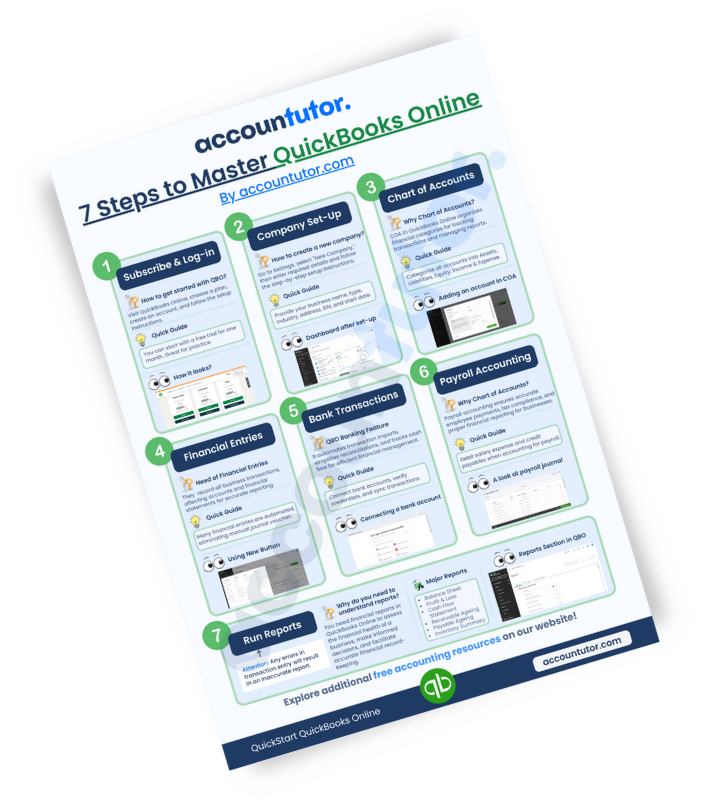
Download QuickBooks Online PDF Guide
Thank you!
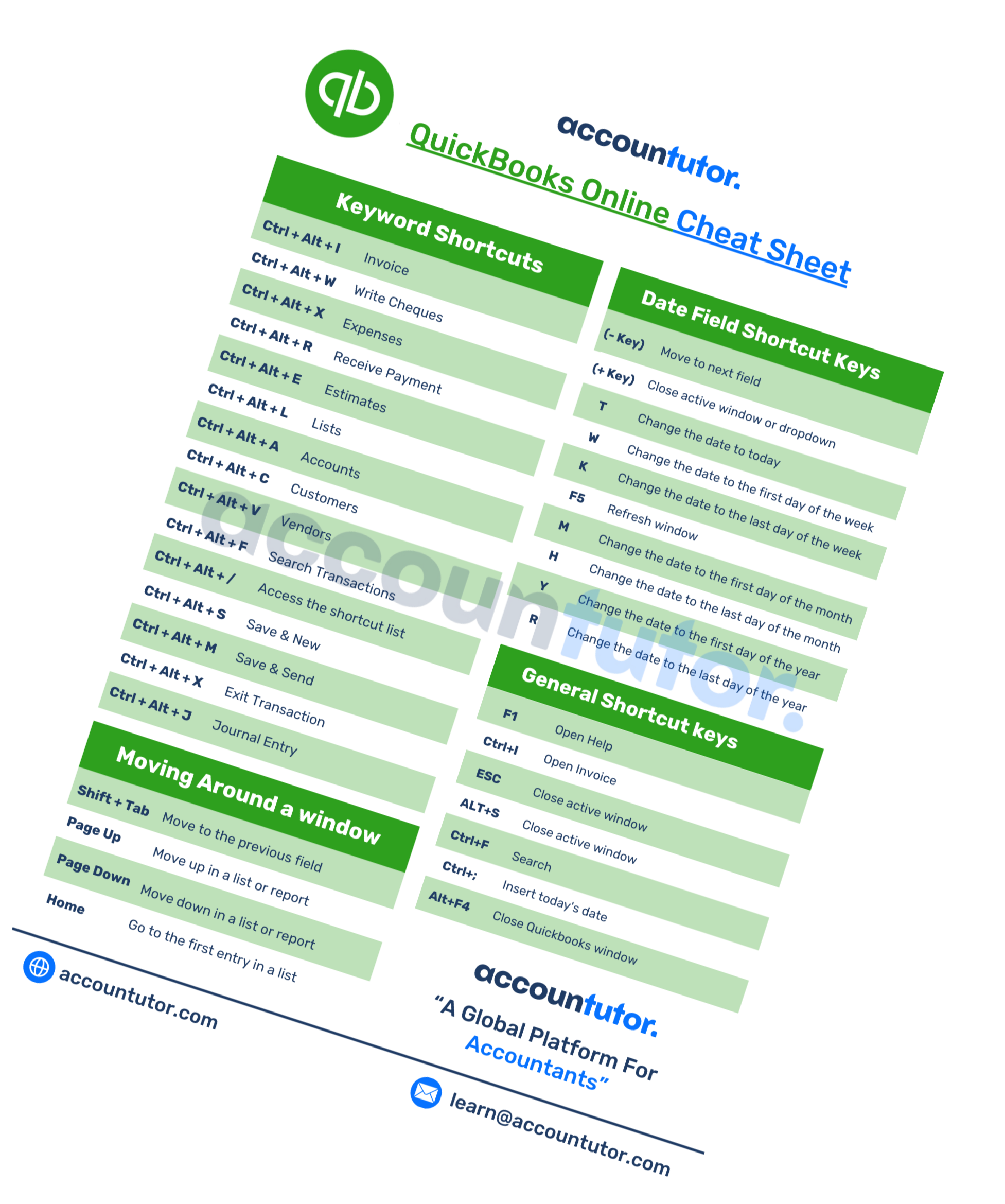
Download QuickBooks Online Cheat Sheet
Thank you!

Download ABCD of Accounting
Thank you!
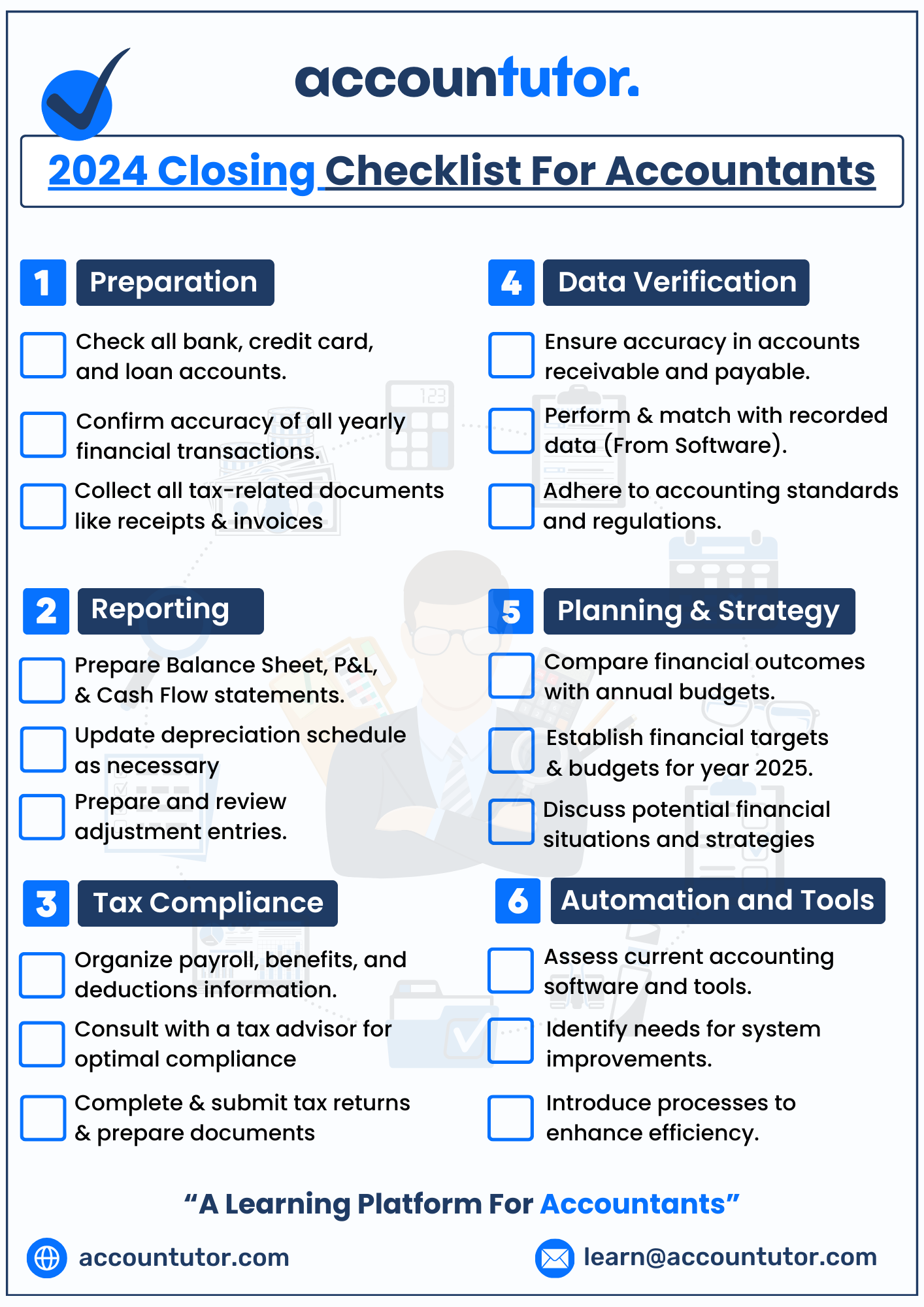
Download Checklist 2024
Thank you!
Register For Free!
Thank you!
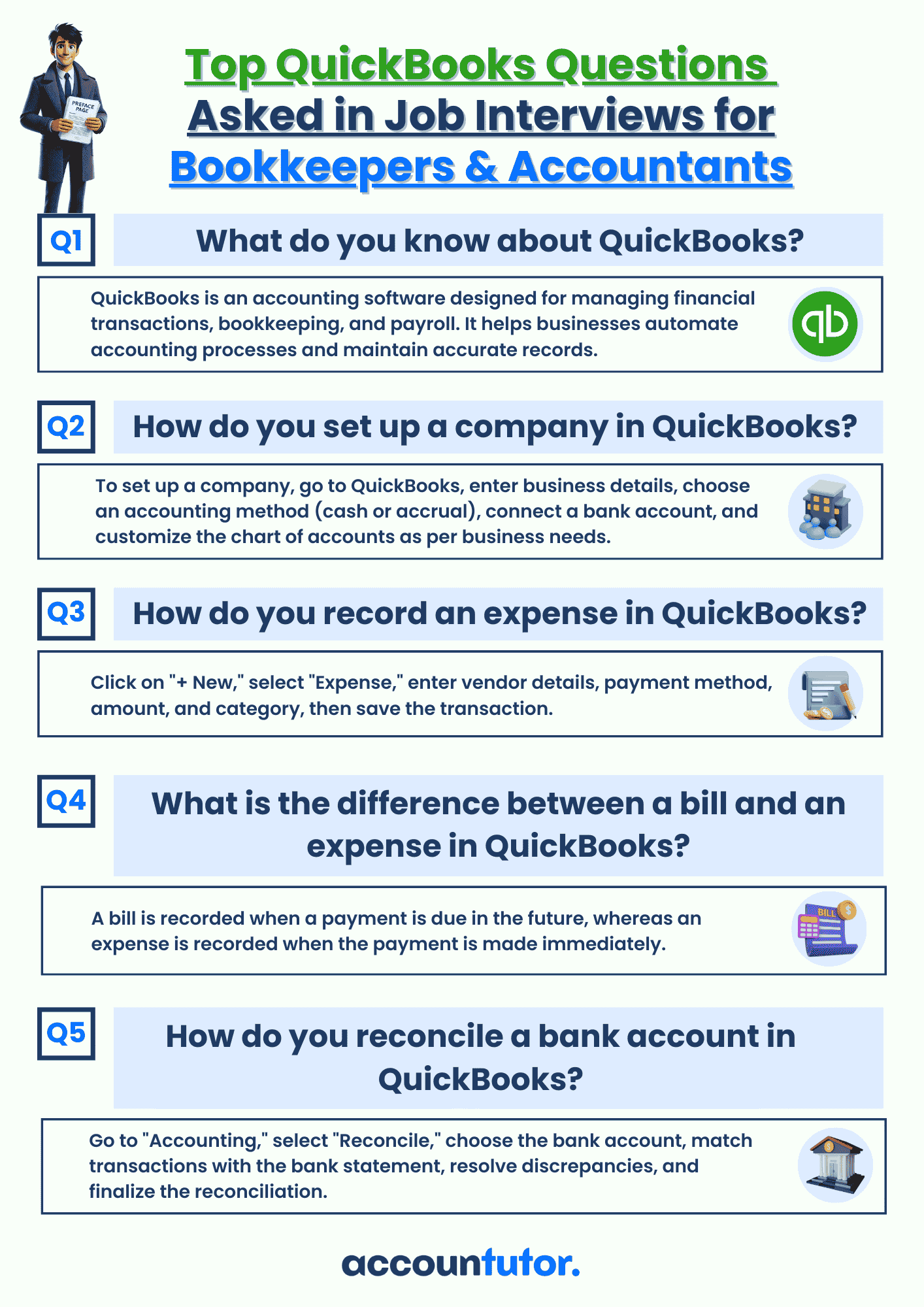
Download Interview Questions
Thank you!
Register for this webinar: How to Master QuickBooks Online— Without Feeling Overwhelmed
7th JUNE 2025 | 8:00 AM PST | 11:00 AM EST
Thank you! The joining link will be sent to your email shortly!
Webinar joining link will be sent to your email address.
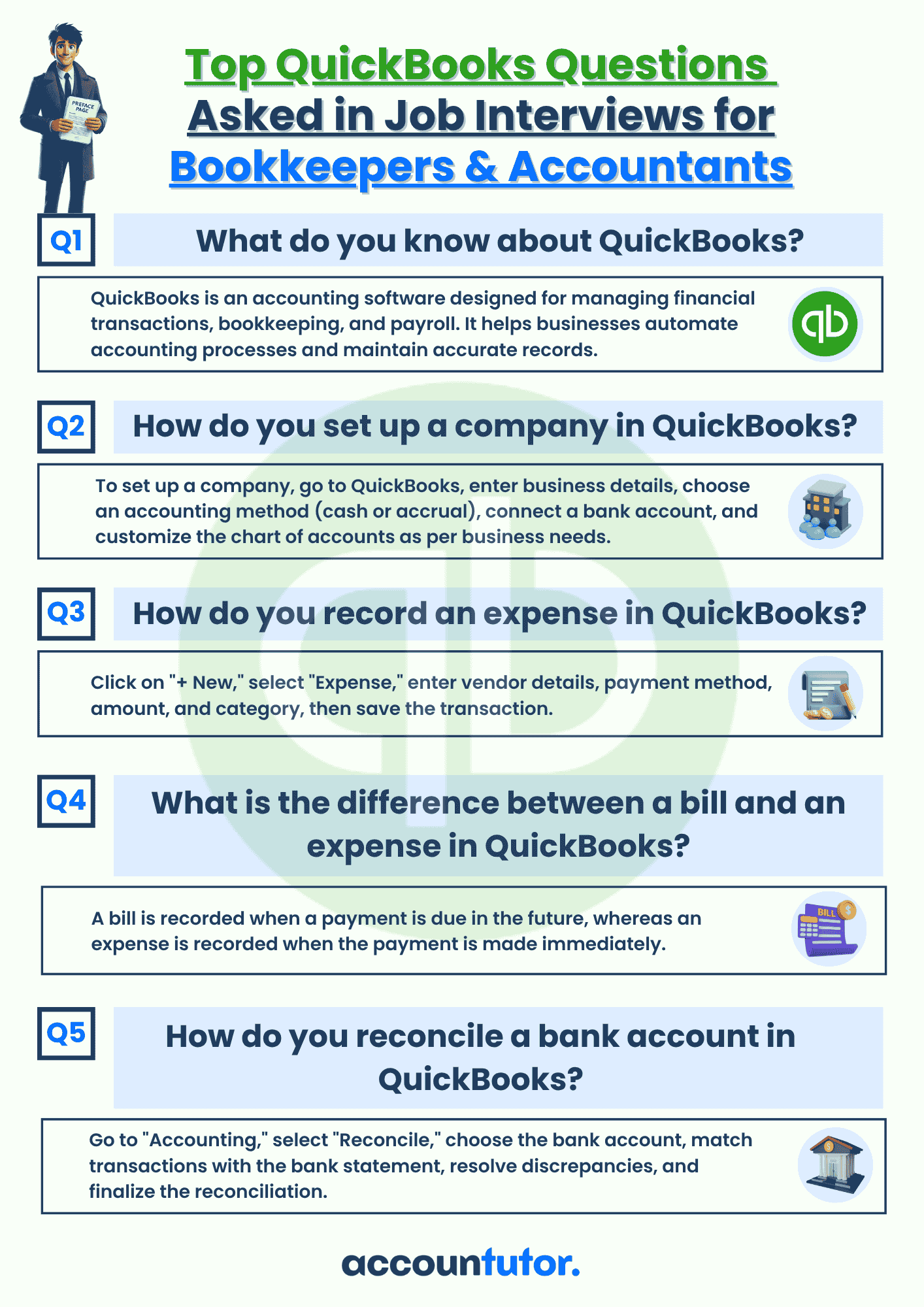
Download QBO Job Interview Questions and Answers PDF
Thank you!
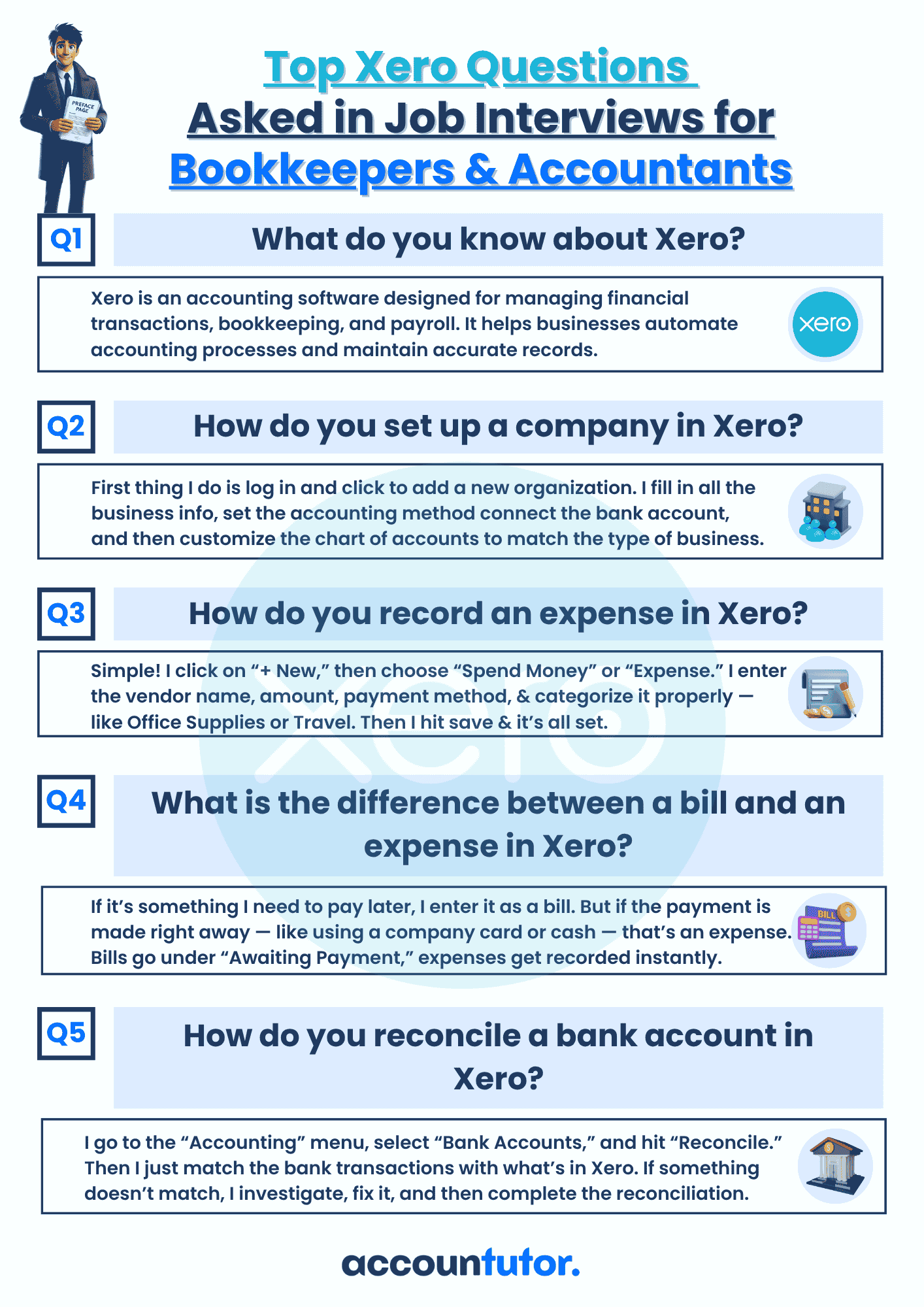
Download Interview Questions
Thank you!

Download 50 Interview Questions For Bookkeepers
Thank you!
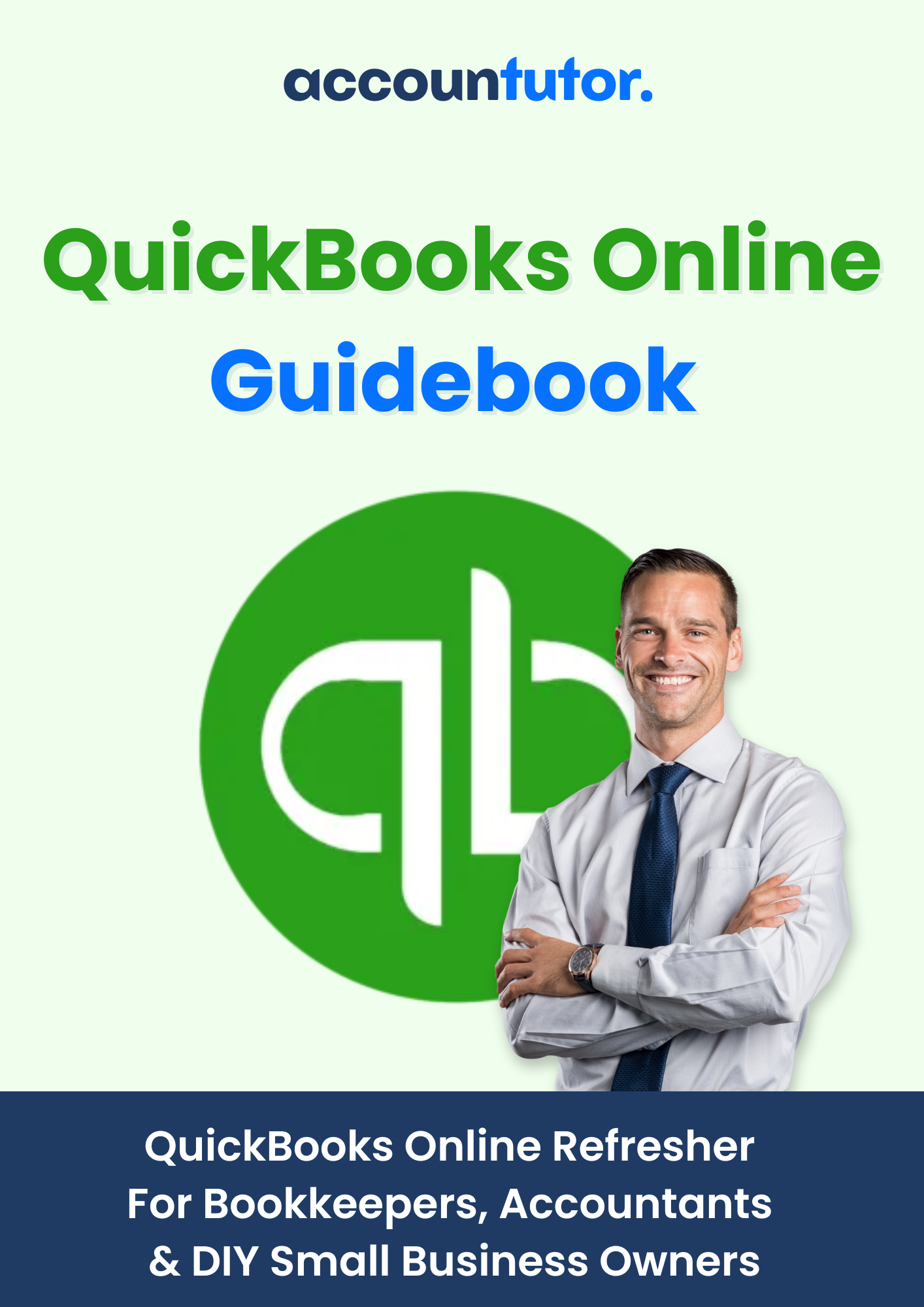
Download QuickBooks Online Guidebook
Thank you!

